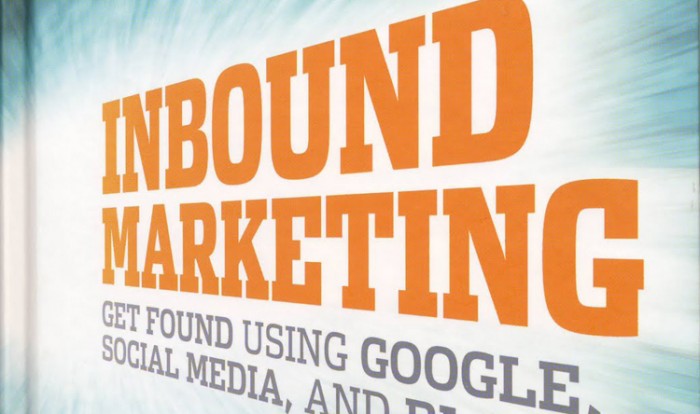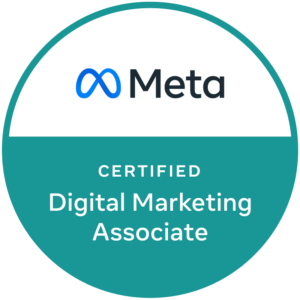The book Inbound Marketing: Get Found Using Google, Social Media, and Blogs (New Rules Social Media Series), by Brian Halligan and Dharmesh Shah, contrasts two approaches of marketing where one focuses on finding customers and the other works to be easily discoverable. What the authors present is a shift in thinking from focusing on Interruption Marketing to a new focus on Getting Found.

Traditionally, marketing has focused on using clever marketing that appeals to the customer through various mediums but focuses the efforts at speaking to the customer. Today’s marketing though requires accessibility and a correspondence with the customers of unparalleled levels. In order to accomplish this, there are three steps in the process of marketing that the authors propose you must take. They are:
-
- Think across traditional boundaries
- Be the world’s best at what you do or define your market more narrowly
- Define your value proposition!
Once you’ve set out with a great marketing strategy, the next step is to focus your marketing efforts online. The most salient point of the book is that today’s website should be a hub of valuable information that allows correspondence and the ability for the customers to share information easily with their peers. It should be easy for your content to go viral and spread all over the internet… if it’s remarkable.
I like the image of a website as a hub. It is the center of all you do. Be it Twitter, Facebook, LinkedIn, YouTube, it all stems from the hub. Each is a conversation and everything should point back to your website because it is the HUB.
Blogs are one piece of the online pie that the authors provide some really helpful advice. The authors say that blogs should be industry specific and relevant. They should contribute to the conversation regarding relevant topics and should be spread through social media. When writing your blog, the authors say to think of yourself as 1/2 marketer & 1/2 publisher. One of their key points regarding blogs is that they should be easily consumable through utilizing RSS and easily spreadable through social media (FB/Twitter/Diggit). RSS (Really Simple Syndication) allows readers to view the latest content from multiple sites through tools like Google Reader or an app like FeedelerRSS for the iPad. Many people use RSS readers in order to keep up with all their favorite sites without visiting easy site separately. It saves time and energy. When you’re setting up your blog, there are tools that can help make your content easily subscribeable.
One of the major challenges that the authors present with being mixed into the RSS feed is that your article could be one of dozens or even hundreds that someone is going to look through. In order to attract people to your content, the authors say that having catchy titles is important. I would say that there’s a thin line between catchy and tacky. You should be careful not to cross over the line. The author’s formula of 50/50 publisher and marketer is a dangerous mixture. For most people, you probably want to focus on 90% publisher and 10% marketer. If you focus too much energy on marketer, your catchy title but irrelevant or invaluable content will grow old and you won’t attract people. Focus on the value, and the customers will be attracted to you.
The authors also provide handy step-by-step guides to setting up to become easily found through Google, Facebook, and various social media. If you’re new to all of social media, their steps could be helpful. The authors also provide some useful tips regarding videos and podcasts depending on your expertise. I am a huge fan of video if it makes sense for your brand/product and am working on several video projects right now.
The last section of the book covers the paramount topic of utilizing analytics to track your progress. If you’re conducting social media and you’re providing value through your website, you’ll want to measure the impact each medium is making. What firm would want to waste their time if there is no ROI? There are lots of tools out there to accomplish these goals and the authors talk about a few.
At the end of the day, you want to spend your efforts on ways you can get found by consumers without any effort when they are ready to make a buying decision. That will produce the ROI you want.
If your business needs help with analytics or providing value-add efforts, we’re here to help. Just email at julianne@yellowduckmarketing.com and we’ll get our best folks on the case.










